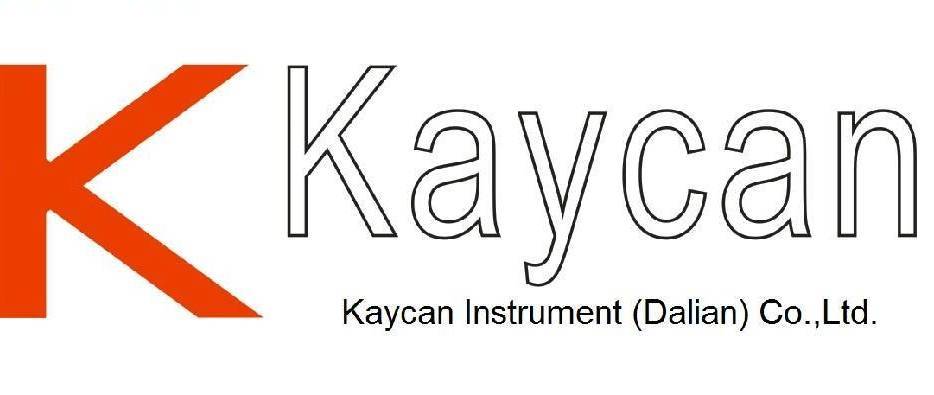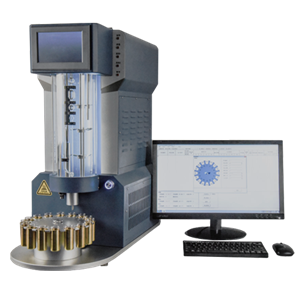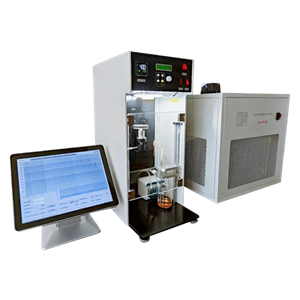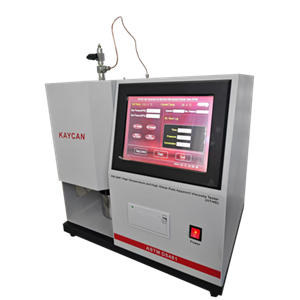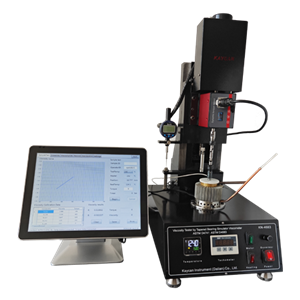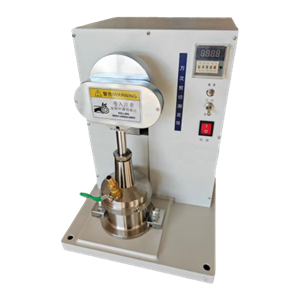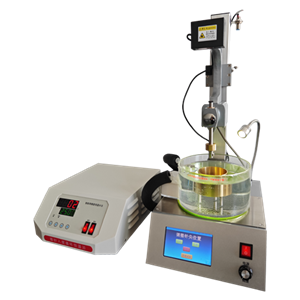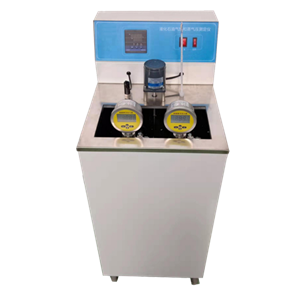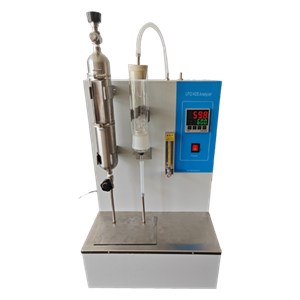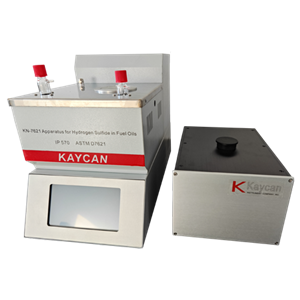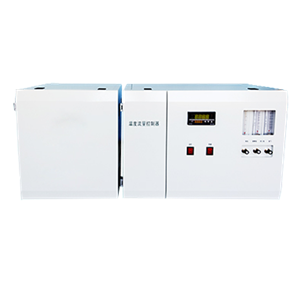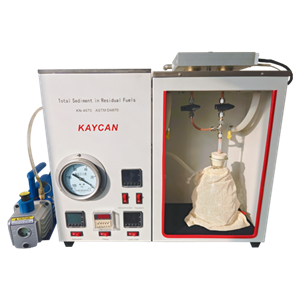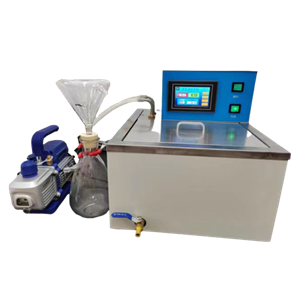-
ASTM D217 Motorized Grease Worker Single Station
Cone penetration test results provide one measure of the consistency of a grease. Worked penetration results are required to determine to which NLGI consistency grade a grease belongs. Undisturbed penetration results provide a means of evaluating the effect of storage conditions on grease consistency
Send Email Details -
ASTM D5 Penetration Of Bituminous Materials
the penetration test is used as a measure of consistency.higher values of penetration indicate softer cnssistency
Send Email Details -
ASTM D1267 Gage Vapor Pressure Of LPG
Determination of the vapor pressure of liquefied petroleum gas is important for safety reasons to ensure that the maximum operating design pressures of storage, handling, and fuel systems will not be exceeded under normal operating temperature conditions.
Send Email Details -
ASTM D2420 Hydrogen Sulfide In Liquefied Petroleum (LP) Gases
Liquefied petroleum gases and their products of combustion must not be unduly corrosive to the materials with which they come in contact. The potential personnel exposure hazards of H2S also make the detection and measurement of hydrogen sulfide important, even in low concentrations. In addition, in some cases the odor of the gases must not be objectionable
Send Email Details -
Hot
ASTM D7621 Apparatus for Hydrogen Sulfide in Fuel Oils
KN-7621 Apparatus for Hydrogen Sulfide in Fuel Oils conforms to ASTM D7621 Standard Test Method for Determination of Hydrogen Sulfide in Fuel Oils by Rapid Liquid Phase Extraction. A weighed test specimen is introduced into a heated test vessel containing a diluent base oil. Air is bubbled through the oil to extract the H2S gas. The air with the extracted H2S is passed, via a vapor phase processor (Procedure A only), to an H2S specific electro-chemical detector enabling the H2S content of the air to be measured and the amount in the liquid phase to be calculated in mg/kg/ The filter cartridge is not required for procedure B.
Send Email Details -
ASTM D5453,ASTM D 4629 Sulfur and Nitrogen Analyzer
KN-SN Sulfur and Nitrogen Analyzer conforms to ASTM D5453 Standard Test Method for Determination of Total Sulfur in Light Hydrocarbons, Spark Ignition Engine Fuel, Diesel Engine Fuel, and Engine Oil by Ultraviolet Fluorescence. ASTM D4629 Standard Test Method for Trace Nitrogen in Liquid Petroleum Hydrocarbons by Syringe/Inlet Oxidative Combustion and Chemiluminescence Detection and ASTM D5762 Standard Test Method for Nitrogen in Petroleum and Petroleum Products by Boat-Inlet Chemiluminescence.
Send Email Details -
ASTM D4870 Total Sediment In Residual Fuels
Appreciable amounts of sediment in a residual fuel oil can cause fouling of facilities for handling, and give problems in burner mechanisms. Sediment can accumulate in storage tanks, on filter screens, or on burner parts, resulting in obstruction of the flow of oil from the tank to the burner
Send Email Details -
KN-511 Mechanical Impurities Tester
KN-511 Mechanical Impurities Tester conforms to GB/T 511 Petroleum, Petroleum Products and Additives – Method for Determination of Mechanical Admixtures. It applies to test the mechanical impurities of petroleum products and additives by using gravimetric method
Send Email Details
